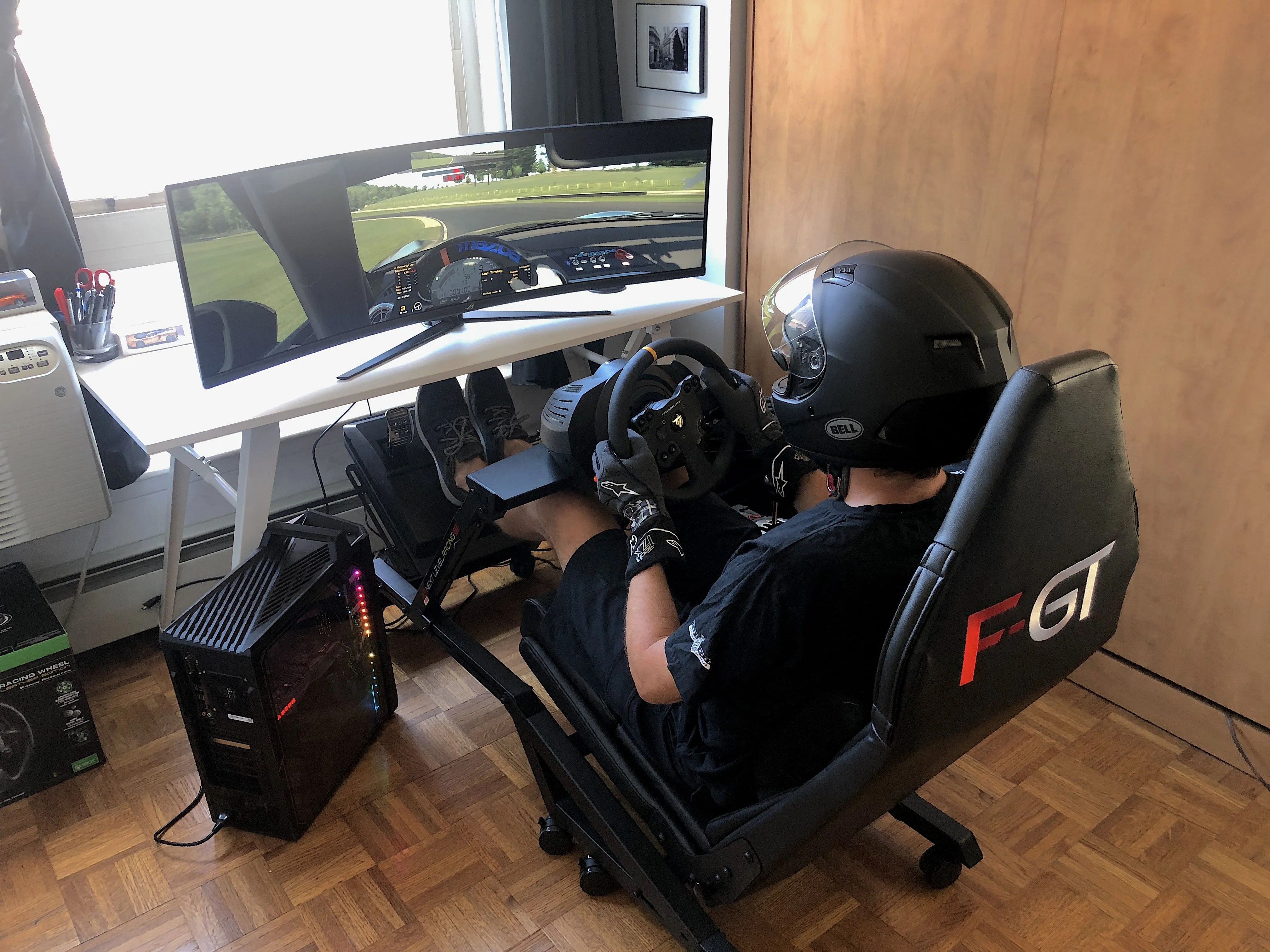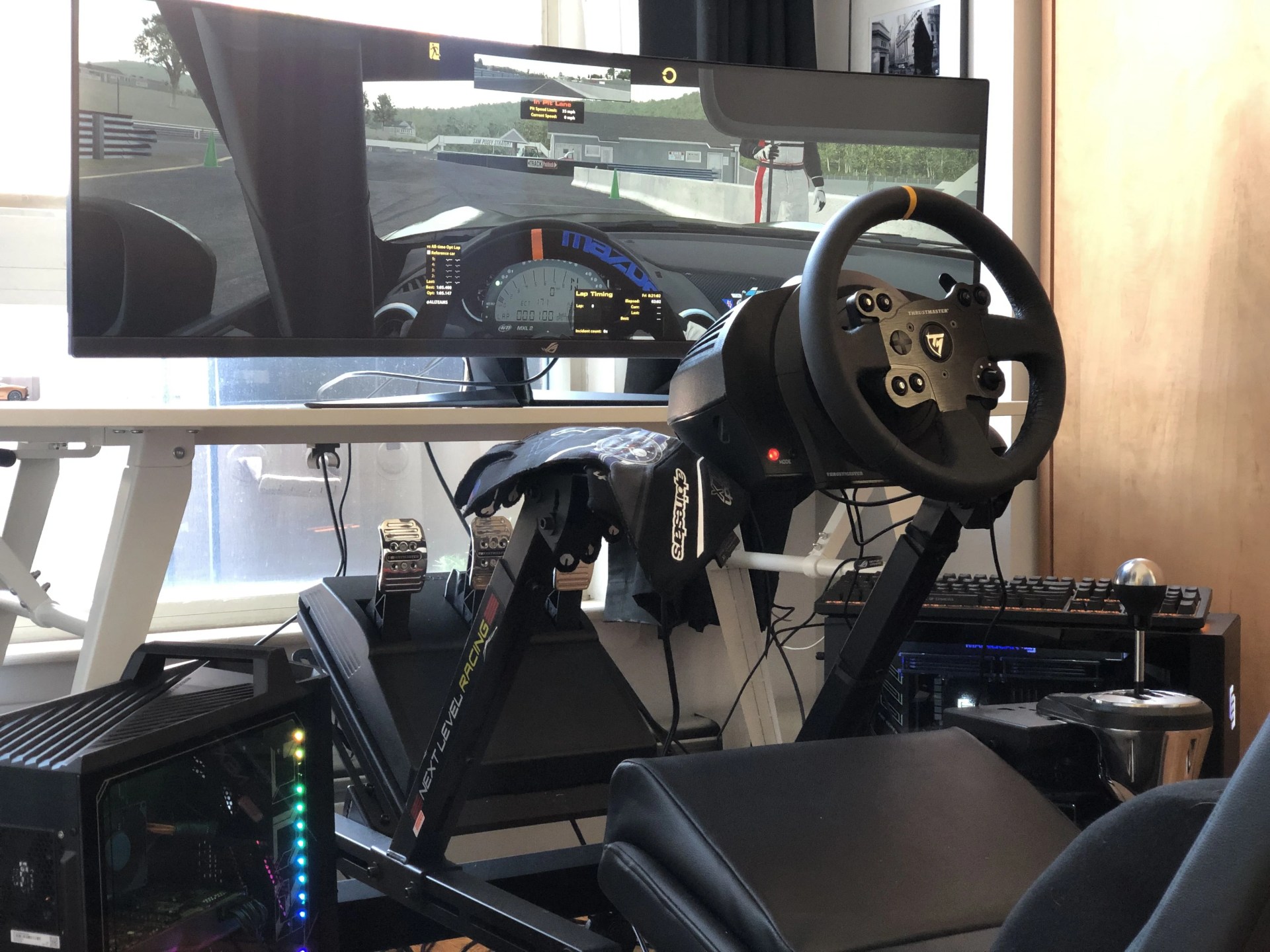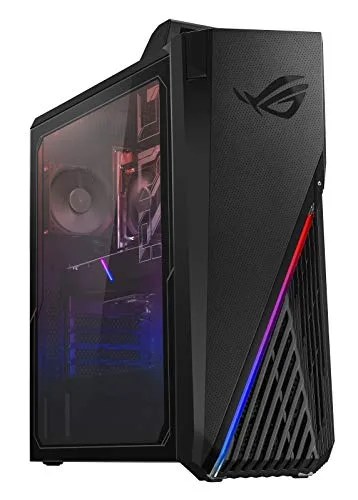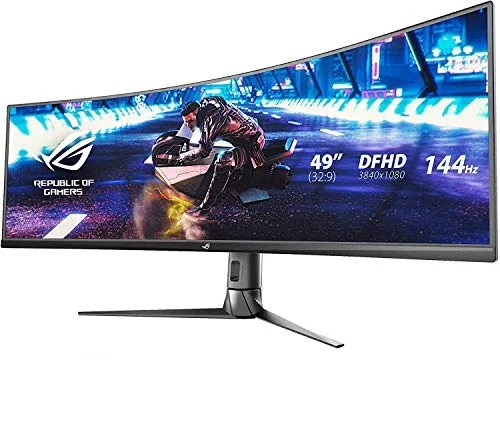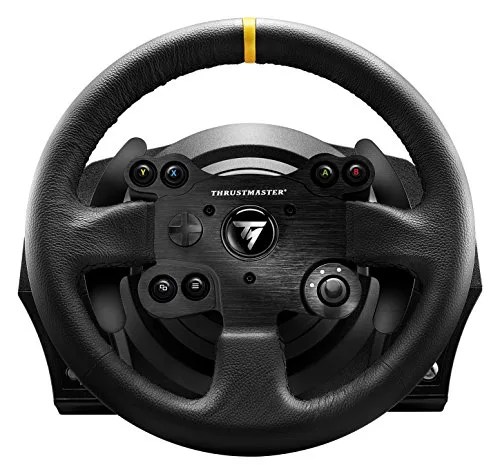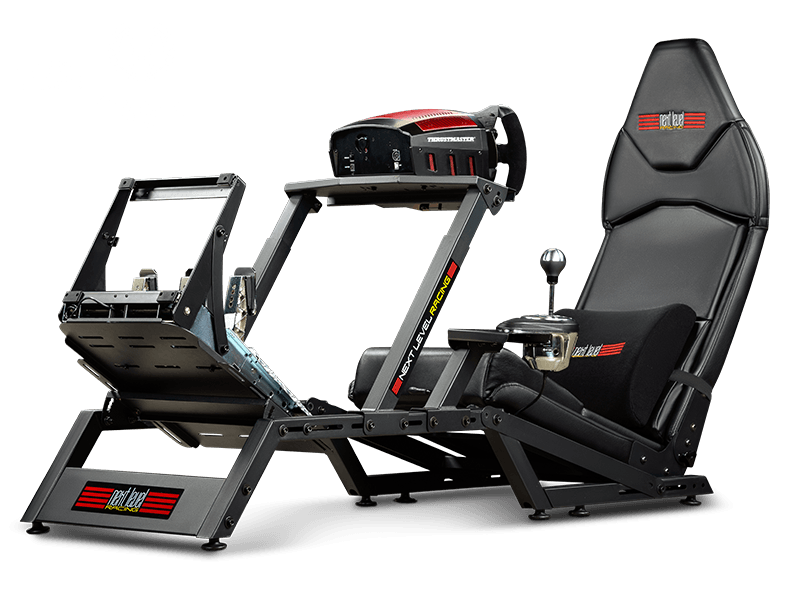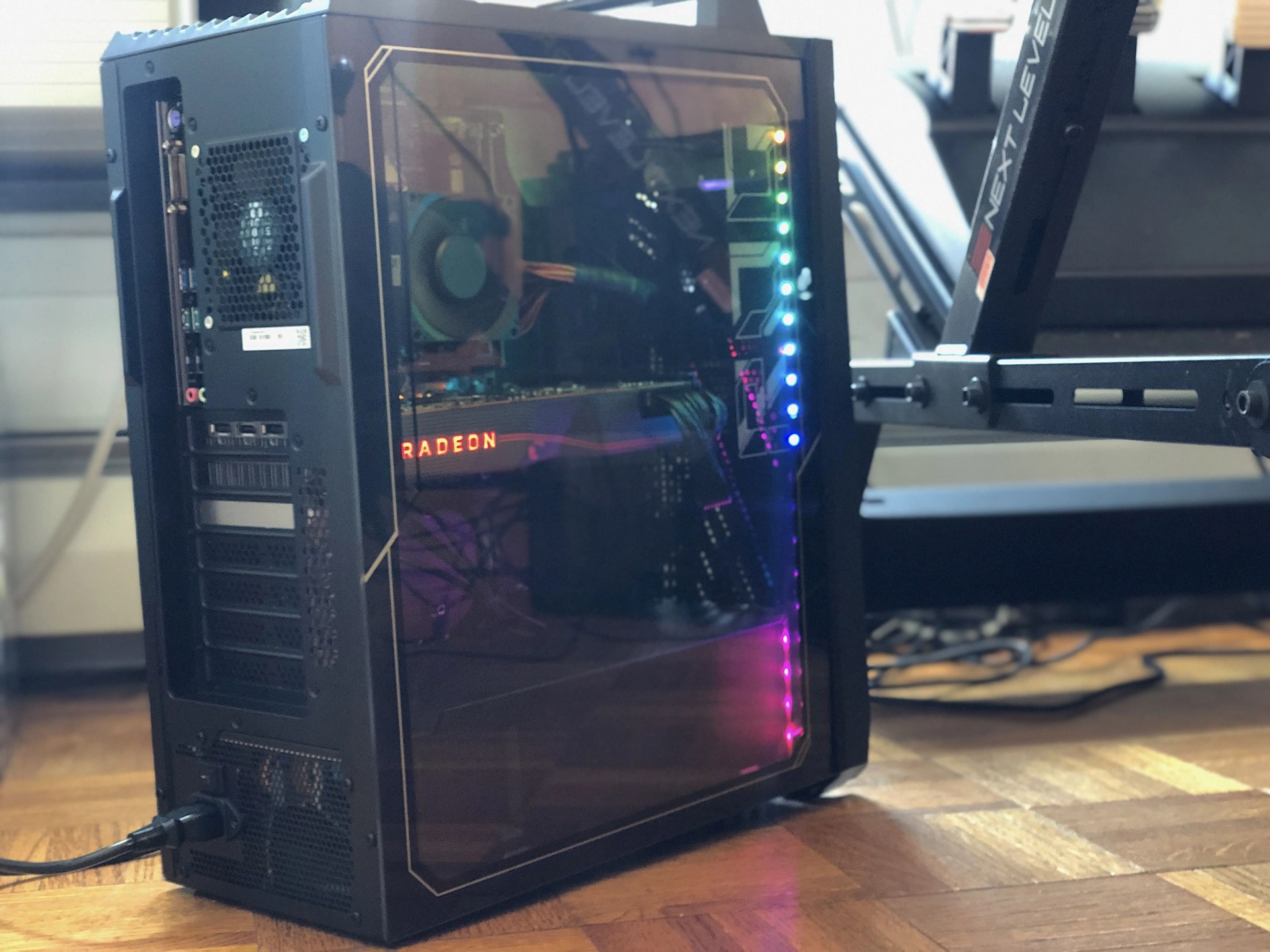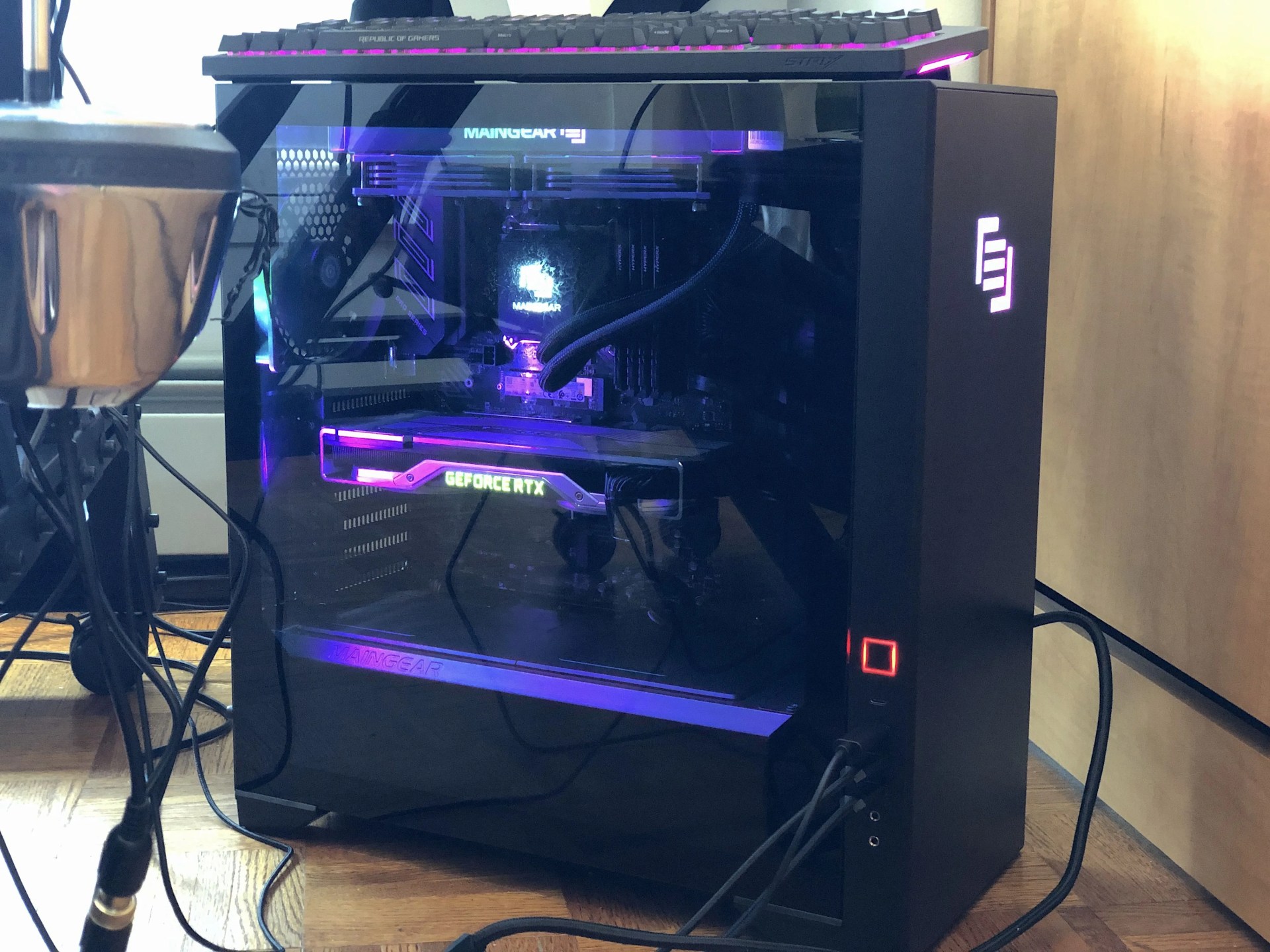Back in the summer of 2019, I went to the Silverstone racetrack in the British countryside, where Mercedes-AMG had taken over the circuit to shuffle journalists through actual race cars, driven by actual race car drivers. There, I rode in one of Mercedes-AMG’s GT3 cars piloted by championship driver Adam Christodoulou, who used the 6.2-liter V-8 and its 550 horsepower to rearrange my innards and bounce my (helmeted) head against the roll cage.
I immediately wanted more. And I wanted to drive.
The best way to make a little money in racing, as the adage goes, is to start with a lot. It’s an extremely costly sport, and a blindingly expensive hobby. Participation in a “budget” spec-series, such as the Mazda MX-5 Cup, can set you back more than $200,000 for 12 races. Even track-spec rental cars start in the hundreds of dollars per day, and leap into the thousands for anything halfway decent.
So what’s an aspiring hot shoe to do that won’t drain a bank account? Get a racing sim and go iRacing.
To be upfront, a solid racing simulator isn’t exactly cheap, either. I tested two loaned setups, with the less expensive option ringing the register at $3,297 and the costlier iteration clocking in around $4,546. (To boot, neither of those sums include tax and shipping.) But while the basic foundational considerations for your setup are generally universal, you can absolutely spend less.
First, you’ll need a sturdy chassis upon which to bolt the seat, wheel, and pedal components. Next Level Racing’s F-GT cockpit ($499) is beyond capable: the carbon steel frame allows you to adjust the seat from a dropped, formula-style position to a raised GT-style one; and the mounts for the pedals and wheel are infinitely adjustable to accommodate drivers of any height — even my lanky 6’2” frame — and are pre-drilled so you can easily bolt on Thrustmaster, Logitech, Fanatec, or Simexperience wheels and pedals. Most importantly, it’s comfortable for long stints. Next Level also makes the F-GT Lite ($299), a smaller version that neatly folds up to save on space.
